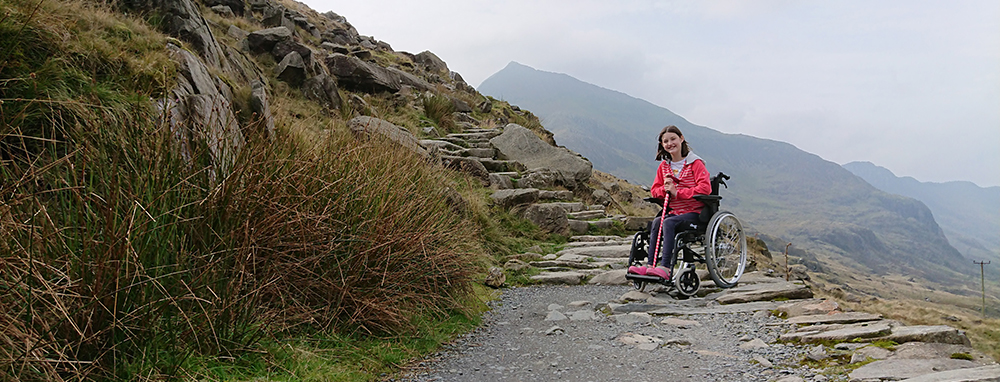Last night I said the next thing I was going to do was explore ball joints, but as I was sat at a desk in work with no access to the physical parts or CAD software, I started thinking about hydraulics again and drew a quick sketch:

Hydraulic Differential
As I’ve mentioned, I think hydraulics have excellent potential. My only concern is that essentially the rocker bogie mechanism is inspired by NASA’s Mars rovers which employ a differential bar mechanism. Other methods I’ve seen use differential gears (and is the current method on the working prototype). I’ve never seen hydraulics being used for this purpose. Is this because it doesn’t work, or is it because nobody else has thought of it?
I know very little about hydraulics, much like all the other areas of this project ( :) ), but I can imagine that there’s likely to be some lag in the system as oil is pumped around and it won’t be as responsive as a geared system. Mind you this might not necessarily be a bad thing as it could potentially have a dampening effect which reduces the wobble in the driver’s chair even more?
It’s definitely worth exploring because if it does work, it presents far more freedom to position parts and the only part which needs to travel through the main body of the wheelchair is a flexible hose which connects the hydraulic cylinders on each side. This in turn gives you greater freedom to position seats, motors and batteries and the like as you’re note having to accommodate gears or bars but instead a flexible hose.
I also imagine that a hydraulic system will incur far less wear-and-tear than a geared differential, and less impact than a ball-jointed differential bar mechanism.
There other potential uses for hydraulics too but not knowing enough about hydraulics, a linear actuator might be better suited…
When overcoming obstacles such as steps, the front wheels are pushed into the step and with the traction created with all six wheels, the front wheels “drive” up the step. The problem is that the front wheels don’t always get traction.
To overcome this, you could use hydraulics (or a linear actuator), or perhaps even just the drive from the middle wheels, to lift the front wheels off the ground before approaching the obstacle:

Front Wheels Lifted to Approach Obstacle
This would greatly increase the chances of overcoming an obstacle. Without having done any research though, I imagine this would mean having to add the wight and power of some kind of hydraulic controller. Linear actuators on the other hand are just driven by electric motors so could use the power of the batteries (and perhaps even the motors) already attached. it is possible though that if you cut power to all of the wheels, then just delivered power to the middle wheels that the front wheels would automatically lift off the ground.
Another benefit of being able to do this is that it gives you a shorter wheelbase making it possible to turn in more confined spaces. It does however look a little unbalanced with the front wheels off the ground but the lifting up the middle wheel retains balance whilst still giving a shorter wheelbase:

Short Wheelbase
 ';
';





